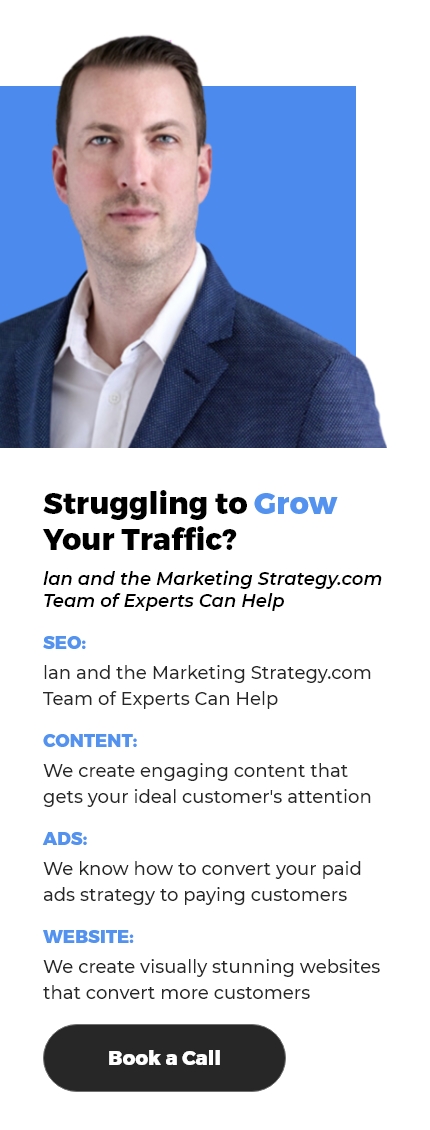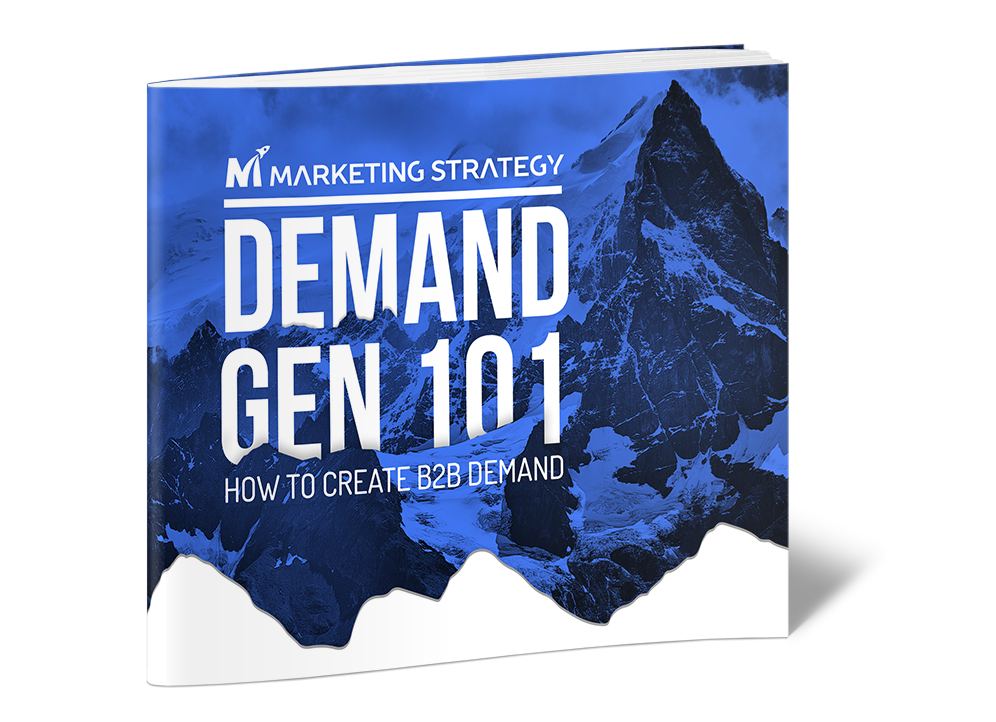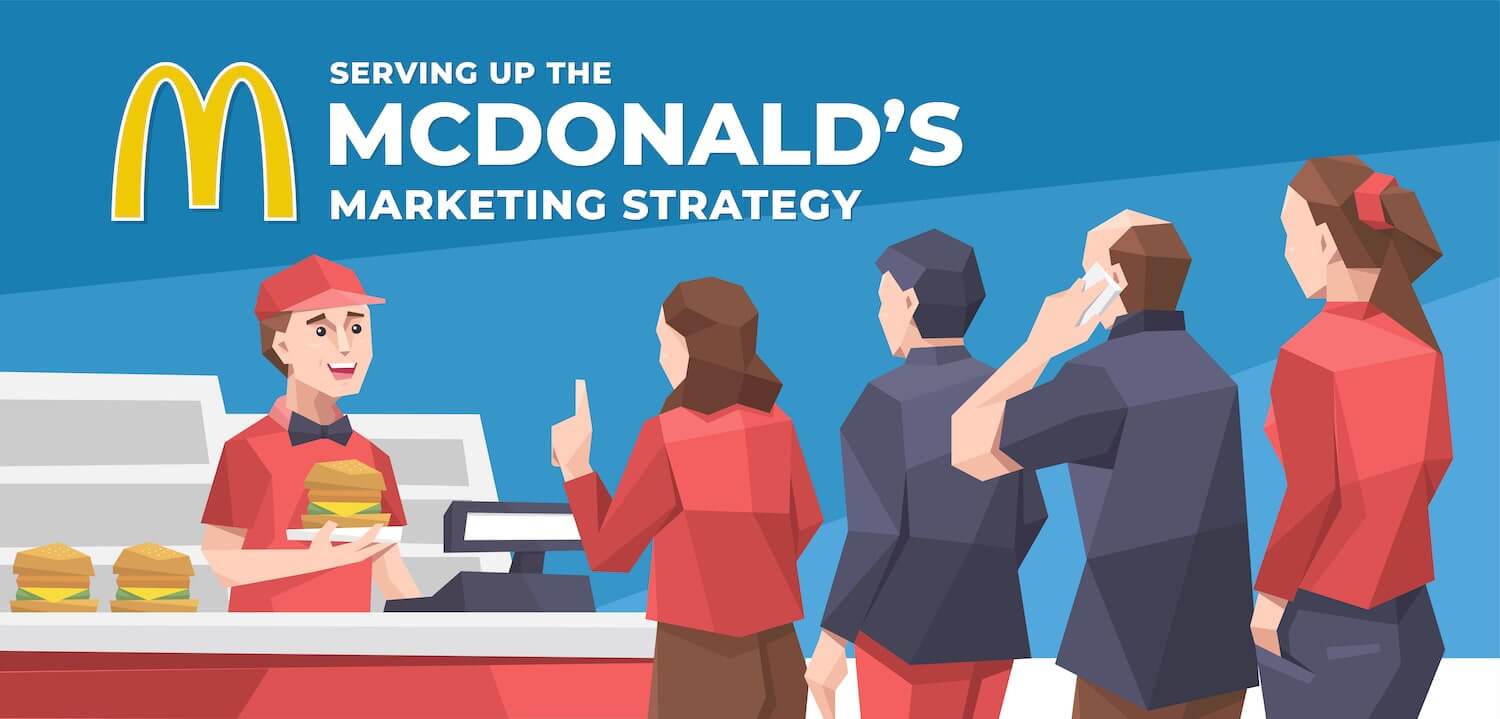To create effective marketing strategies, you first need to understand what your customers think. By knowing how and why people behave the way they do, you will be able to address their needs effectively and create more effective digital marketing campaigns. This is exactly where marketing meets psychology.
Here are a few fundamental principles of psychology that will help you attract more leads, build relationships with them, and convert them into paying customers.
Address your Customers’ Loss Aversion
The mere name of this psychological phenomenon says it all – people don’t like losing things they already possess. Daniel Kahneman decided to dig deeper into this phenomenon. The participants in his experiment were given mugs, chocolate, or nothing. Then, he asked them to make a decision – those who were given an object could trade it, while those that didn’t receive anything could choose what to get. Unsurprisingly, over 50% of participants that did not get an item chose a mug, while almost 90% of those that were given a mug chose to keep it.
Your customers will always avoid losing something they already have. Use that to create urgency. For example, if you are offering both free and paid versions of your product, why not offer a premium feature of your product to freemium users. Logically, you would remove the feature from the free version once the trial period is up. This will evoke your users’ loss aversion. Once they try your premium features, they will not risk losing them. For you, this means more conversions.
Leverage Social Proof
Let’s take a simple example. It is Monday morning and you are looking for a place to get a cup of coffee. You come across 2 coffee shops. The first one is packed with people, while the latter one is empty. Where would you go? Even if you are in a hurry, chances are you will go to the store with lots of customers.
This is what we call social proof, a common psychological phenomenon. Namely, people often conform to the beliefs and actions of the masses. The number of customers indicates the quality of products and the reliability of a brand.
Now, there are many ways to use social proof on your website:
- First, use a social proof tool in marketing psychology. These tools show real-time data, such as the number of people viewing your page at the moment, how many people have signed up for your free trial, how many customers bought your product, etc. You could also show the names and locations of people that have created a trial account on your website.
- Show testimonials, reviews, and ratings to put a human face to your brand. Positive reviews and testimonials will validate the quality of your products and tell your prospects that people with similar needs are already buying from you.
- Write case studies. While testimonials offer only snapshots of your buyers’ experiences, case studies are more detailed and insightful. They explain the problems a customer faced, how you helped them, and what results they achieved. Always include relevant data and statistics, as well as customer testimonials, to show how your products/services benefited the customer.
- Reshare user-generated content. Research says that 79% of customers’ shopping decisions are impacted by UGC. Photos of your products created by your brand will not only boost brand awareness but also inspire brand loyalty and inspire many people to buy from you faster.
Highlight Product/Offer Scarcity
Ever shopped something online and seen the tagline that says that there are only 10 items left in their stock? Yep, that is exactly how I ended up buying an expensive watch I didn’t even need. That is the idea behind scarcity. The rarer the product, the more valuable it is. Now, there are many ways to use scarcity in digital marketing and some of them are:
- Telling customers how many items there are in your stock. Just like I have mentioned above, seeing that there are only a few items left, chances are they will make impulse purchases.
- Use countdown timers on your product pages or website popups to emphasize that your awesome offers will not last forever. This way, you will evoke customers’ FOMO and inspire faster conversions.
- Offer great discounts or free products to early buyers.
- Provide discounts and exclusive offers to users that sign up for your email newsletter. The mere fact that they are offered something that is not available to the general public would grab their attention and inspire them to take the desired action.
Maximize Brand Awareness and Boost Sales with the Frequency Illusion
In psychology, the frequency illusion is also called the Baader-Meinhof phenomenon. It is triggered by two processes. The first is people’s selective attention – we learn something new and start seeing it everywhere. For example, how many times have you met someone for the first time and then started seeing them every day and everywhere? The second is confirmation bias. Namely, if a customer sees a product frequently, they automatically consider it popular and quality.
There are many ways to use the frequency illusion in your marketing campaigns. For starters, it is a great way to increase brand awareness and memorability. Build a solid brand presence across different digital channels. Invest in retargeting campaigns that address the customers that browsed through your website or added products to your shopping cart.
Conclusions
Modern digital marketing is highly personalized and user-centric. Precisely because of that, it is immensely important to familiarize yourself with your customers, their behaviors, and attitudes. By using these fundamental psychological phenomena in your marketing campaigns, you will address your customers more effectively, evoke their FOMO, inspire brand loyalty, and build long-term relationships.
Have you ever applied the psychological principles mentioned above? What other psychology phenomena do you resort to in your marketing campaigns? We are listening!














[…] activities include signing up for the website, finding the contact information, and how to make the purchase in a much faster way. The […]